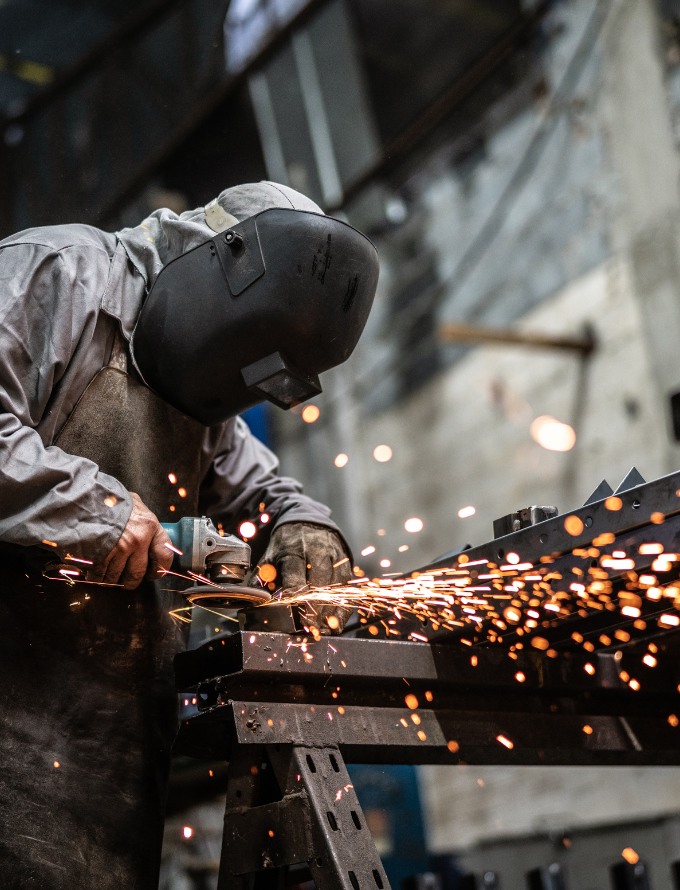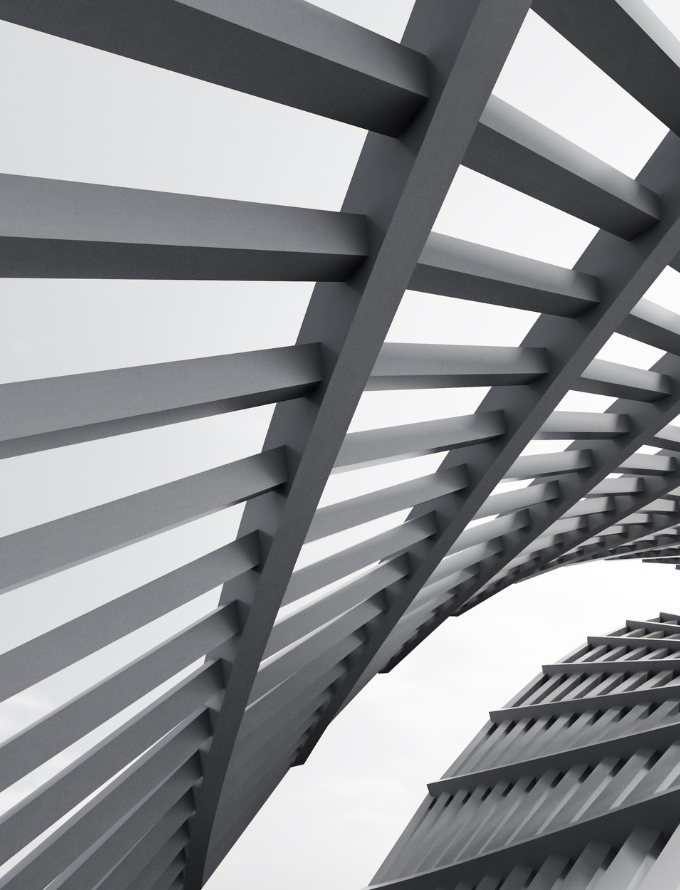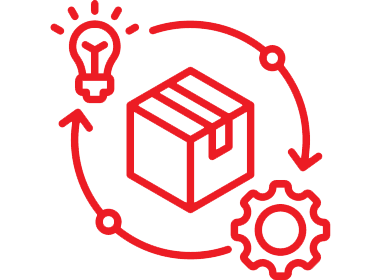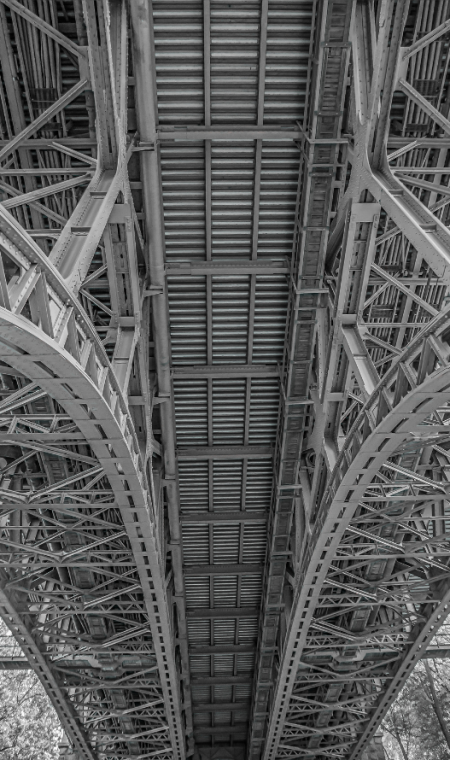Low Carbon Steel
Versatile Performance. Affordable Strength. Enhance Projects with Reliable Low Carbon Steel.
Benefits of Low Carbon Steel
Find the Benefits of Low Carbon Steel
Types of Low Carbon Steel
Learn about the Type of Low Carbon Steel
Industries & Applications
Explore industries benefiting from low carbon steel.
Dimensions & Properties
Learn about Dimensions and properties
Introduction to Low Carbon Steel
Low carbon steel (LC Steel), or mild steel, contains approximately 0.05% to 0.25% carbon by weight. It has a yield point of around 250 MPa, a density of 7.85 g/cm³, and a Young’s modulus of about 210 GPa. Due to its low cost and acceptable mechanical properties, low carbon steel is commonly used in various industries. Unlike Medium Carbon Steel and High Carbon Steel, which offers greater hardness and strength, low carbon steel is less ductile but easier to weld and form.
Low-carbon steel is highly popular due to its excellent weldability and ductility. Commonly used in structural applications, automotive manufacturing, and wire products, its lower carbon content provides a balance of strength and flexibility. Unlike medium and high carbon steel, which have higher tensile strength and hardness but are less ductile, low carbon steel can be alloyed and heat-treated to improve strength and hardness. Its low cost and versatile mechanical properties make it a preferred choice for many applications.
Benefits of Low Carbon Steel
- Low carbon steel offers numerous benefits that make it an attractive choice for various industrial applications:
- Cost-Effective: The price is relatively low, making it a budget-friendly option for many industries.
- High Ductility: Low carbon steel is ductile, allowing it to be easily formed and shaped without cracking.
- Good Weldability: Its low carbon content improves weldability, making it easier to join pieces together.
- Versatility: Suitable for a wide range of applications, from structural steel to wire products. Unlike medium carbon steel, low carbon steel includes properties that enhance its flexibility.
- Machinability: Easier to machine compared to higher carbon steels, reducing manufacturing costs.
- Corrosion Resistance: While not as corrosion-resistant as stainless steel, low carbon steel can be treated to improve its resistance.
- High Strength and Toughness: With proper heat treatment, low carbon steel can achieve improved strength and toughness, making it suitable for demanding applications.

Types of Low Carbon Steel
- Low carbon steel, also known as mild steel, is a type of steel that contains a low amount of carbon. This results in various types tailored to specific needs and applications. Understanding these types helps in selecting the right material for the intended use:
- Low Carbon Steel Sheet: Used in automotive and appliance manufacturing, offering flexibility and ease of fabrication.
- Low Carbon Steel Bars: Commonly used in construction for reinforcing concrete structures and producing machinery parts.
- Low Carbon Steel Plates: Utilized in shipbuilding, heavy machinery, and construction for creating durable, large structures.
- Low Carbon Steel Coil: Used in a wide variety of applications, including metal roofing and structural components, due to its uniform thickness and formability.
- Low Carbon Steel Wire: Used for making wire products like nails, mesh, and fencing, known for its ductility and ease of use.


Industries & Applications
Low carbon steel plays a vital role in various industries due to its favorable properties and cost-effectiveness.
Some common industries and applications include:

Construction
Used for structural applications such as beams, columns, and frames due to its strength and flexibility. Unlike high-carbon steel, low carbon steel is easier to weld.

Automotive
Essential in manufacturing car bodies and components, providing a balance of strength and ductility. This type of carbon steel is often preferred for its formability.

Wire Products
Used in making wire products like nails, mesh, and fencing due to its formability and strength. Compared to ultra-high carbon steel, low carbon steel offers more flexibility.

Machinery
Employed in producing machinery parts that require good machinability and weldability. The properties of low-carbon steel make it suitable for these applications.

Pipes and Tubes
Used for plumbing and applications needing ductility. While medium-carbon and plain carbon steel are options, low carbon steel is preferred for its ease of handling.

Furniture
Commonly used in making furniture frames and structures, offering strength and ease of fabrication. Low carbon steel is heated and formed into durable, yet flexible, pieces.
Dimensions & Properties (Sheet & Plate from Coil)
Whether steel qualifies as plate or sheet depends on the specification used for certification. There is a large overlap in popular thicknesses between plate and sheet, but steel plates are offered in a much broader range of sizes.[table id=1 /]
Low Carbon Steel When & Where You Need It
Here, you get more than just quality steel. With multiple facilities across the country capable of providing high-strength steels, we can also work with you to manage your inventory, ensuring you get product when and where you need it to keep your production running.
Explore Our Available Steel Products & Grades
Our knowledge and experience give nearly 100% accurate delivery of High Carbon, Low Carbon, Stainless Steel products processed and packaged to your exact specifications.
QUESTION 1
Lorem ipsum dolor sit amet, consectetur adipisicing elit. Optio, neque qui velit. Magni dolorum quidem ipsam eligendi, totam, facilis laudantium cum accusamus ullam voluptatibus commodi numquam, error, est. Ea, consequatur.
QUESTION 2
Lorem ipsum dolor sit amet, consectetur adipisicing elit. Optio, neque qui velit. Magni dolorum quidem ipsam eligendi, totam, facilis laudantium cum accusamus ullam voluptatibus commodi numquam, error, est. Ea, consequatur.
QUESTION 3
Lorem ipsum dolor sit amet, consectetur adipisicing elit. Optio, neque qui velit. Magni dolorum quidem ipsam eligendi, totam, facilis laudantium cum accusamus ullam voluptatibus commodi numquam, error, est. Ea, consequatur.
QUESTION 4
Lorem ipsum dolor sit amet, consectetur adipisicing elit. Optio, neque qui velit. Magni dolorum quidem ipsam eligendi, totam, facilis laudantium cum accusamus ullam voluptatibus commodi numquam, error, est. Ea, consequatur.
QUESTION 4
Lorem ipsum dolor sit amet, consectetur adipisicing elit. Optio, neque qui velit. Magni dolorum quidem ipsam eligendi, totam, facilis laudantium cum accusamus ullam voluptatibus commodi numquam, error, est. Ea, consequatur.
CONTACT
[wpforms id=”3253″]
